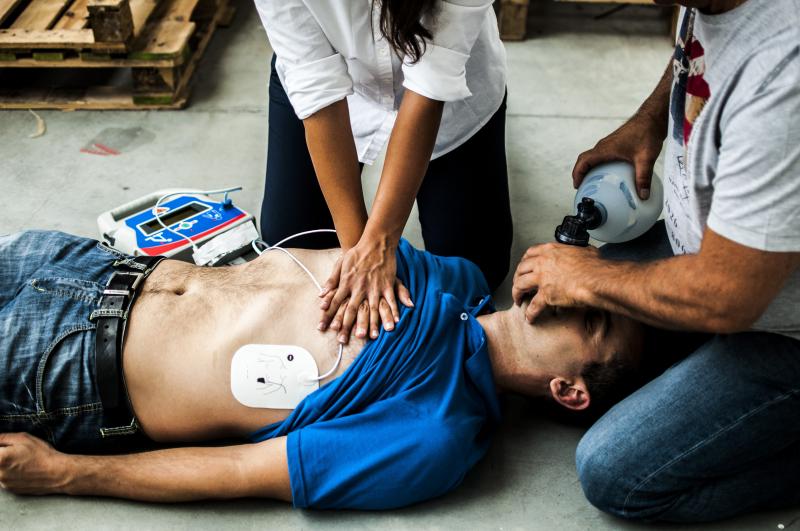
Survivors of in-hospital (IHSCA) and out-of-hospital (OHSCA) sudden cardiac arrest are treated differently but have the same survival rates, a recent study has found.
Of the 1,433 survivors enrolled, 807 (mean age, 64±15 years; 42 percent female) had IHSCA and 626 (mean age, 61±16 years; 40 percent female) had OHSCA. The primary study endpoint was all-cause mortality, though causes of SCA and interventions delivered were also evaluated. IHSCA patients had more comorbidities and spent more time in the hospital.
While the overall frequency of reversible causes of SCA was comparable between groups, the specific types varied. For example, significantly more patients in the IHSCA group had their episodes triggered by a new antiarrhythmic drug than OHSCA comparators (4 percent vs 1 percent; p<0.01).
On the other hand, OHSCA was more likely to be triggered by drug abuse (9 percent vs 5 percent; p=0.01) and cardiac ischaemia (1 percent vs 0 percent; p=0.03) than IHSCA. Implantable cardioverter defibrillators were also less likely to be given to patients with IHSCA (p<0.001).
Despite these differences, survival outcomes were similar between groups. Adjusted Cox regression analysis found that the risk of death was not significantly elevated in either group (hazard ratio, 1.1, 95 percent confidence interval, 0.9–1.3; p=0.4). Nevertheless, the IHSCA group had a significantly shorter survival time (6.9±12 vs 8.4±9 years; p=0.003). A total of 674 deaths were reported over a median follow-up of 3.6 years.